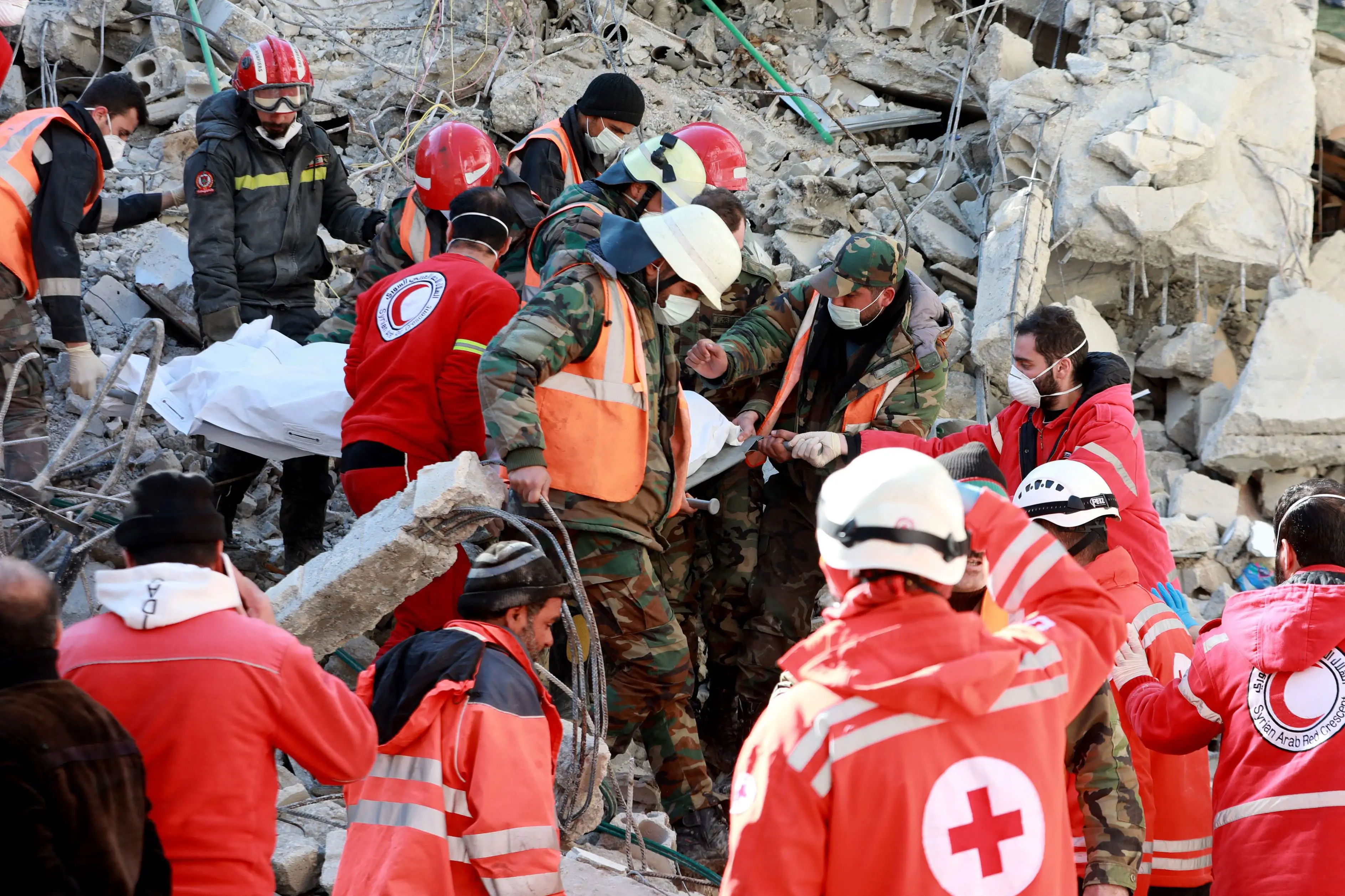Newsroom
Fund for the Treatment of Children Abroad

Fund for the Treatment of Children Abroad
Change settings Select a country and language to get personalized content

What earthquake first aid measures to implement: How to save a life
Earthquakes are one of the most destructive natural disasters, topping the statistics for the number of deaths and injuries, the volume and severity of destruction, and the amount of material damage.
Rescuing people from an earthquake is very difficult and is due to the fact that it occurs suddenly, which seriously shortens response times, and in such disasters it is important to act instantly. Every second is important and can cost lives! The deployment of forces and the deployment of search and rescue operations in the areas most affected, the presence of a large number of victims or those in need of emergency assistance, the limited time people have to survive in the rubble, the difficult working conditions of rescuers, etc. also pose difficulties.
What first aid measures to implement
People wanting to help the injured are faced with the question of what earthquake first aid measures to implement: How to preserve life?
The basic rule is that rescue operations during earthquakes should be carried out immediately, at any time of the day, regardless of weather conditions. This is the only way to ensure the rescue of victims within the period of their survival in the rubble. First aid can also be provided to earthquake victims by delivering essentials such as clothing, food, water, medicines or by raising funds through charity to build new housing and infrastructure.
Stages of rescue operations in earthquake zones
Rescue operations must be strictly coordinated and all recommendations of the authorities, disaster management organisations and rescue services must be followed. The whole operation consists of several stages.
Assessment of the earthquake area
It consists of searching for victims in the disaster area, whether on the surface or among the debris. It must also assess the stability of the building structures and the safety of the rescue operation itself. All household communications are also checked for safety.
Care of all victims on the surface
The second stage of the rescue operation consists in the rapid organisation of all victims on the surface. Particular attention must be paid to the safety of rescuers working among the debris and to the structure, which may lack the necessary support and lead to a sudden secondary collapse. When removing victims stranded in the rubble, it may also be necessary to partially remove the debris using special tools and techniques to ensure access.
Search for survivors
Searching for survivors in all interior cavities and accessible spaces created as a result of the destruction is among the essentials when providing first aid after an earthquake. Only specially trained rescuers can participate in this operation. Gathering information from the local population about the whereabouts of other possible victims can contribute significantly to the operation.
Sequence for providing first aid to victims
The degree of injury in earthquake victims is very relative. The sequence of providing basic first aid should be tailored to their injuries and the threat to their lives. Who to help first?
- The people who are suffocating;
- Next are victims with lacerations and other wounds with severe bleeding;
- Those with an open wound to the abdomen or chest cavity also need timely first aid;
- Victims who are unconscious or in shock.
Basics of first aid
The basics of first aid for earthquake victims, is a set of measures carried out by rescuers. This they do directly at the scene of injury using standard and improvised means. Help can also be expressed between the victims themselves, in the form of self- and mutual-help. The main objective of providing first aid is to save and preserve lives, eliminate further exposure to danger and injurious factors, and prepare the casualty for transport out of the affected area.
Stages of first aid
First aid begins with establishing whether the casualty is alive or dead. What should you do to establish this?
- First you should establish whether the victim is conscious and try to feel for a pulse in the radial, femoral or carotid artery. The pulse is determined in the lower forearm 23cm above the wrist joint on the palmar surface;
- Check the victim's breathing, keeping in mind that a healthy person takes 16-20 breaths in and out per minute. Breathing in people who have been injured may be weaker;
- Check the pupil's reaction to light, determine its size. In the absence of pulse, respiration and consciousness and a wide pupil that does not respond to light, pronounce the casualty dead. If the pupil is responsive to light and the casualty has no breathing, pulse or consciousness, then first aid should be administered as he is still alive.
Organising charity campaigns
In addition to medical assistance, earthquake survivors also need shelter and the supply of necessities. This includes clothes, shoes, food, drinking water, medicines, hygiene materials and more. Anyone interested can participate in this initiative, as a volunteer or donor, in organizing fundraising campaigns to purchase the necessities.
Donation campaigns can be organized by individuals or public organizations, through the use of donation sites, various media or social networks. This is the quickest and easiest way, to reach more people who can empathize with the earthquake victims and get involved in this charitable cause.
Pavel Andreev Foundation to help earthquake victims
ThePavel Andreev Foundation organizes and actively participates in a number of initiatives to provide first aid to victims of earthquakes and other natural disasters. The PavelAndreev.ORG website is the place where you can get involved as an organizer or donor in the various donation campaigns. We believe that providing first aid in an earthquake is everyone's duty, and the goal is to save the lives of people affected in such a disaster.
